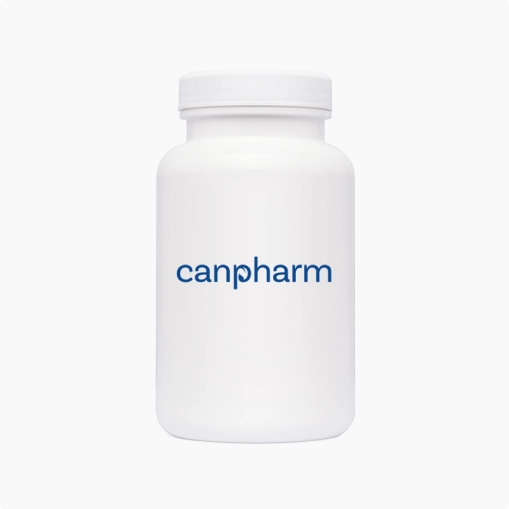
Xatmep (Methotrexate)
| Dose | Size & Price | Qty |
|---|
-
Description
-
Reviews (0)
-
Related Products
-
Related Conditions
Xatmep (methotrexate) belongs to the class of antifolate and antimetabolite medications. It's prescribed for specific cancer types (such as acute lymphoblastic leukemia, non-Hodgkin's lymphoma) , acute psoriasis, and rheumatoid arthritis. The drug functions by disrupting the proliferation of particular body cells, notably those that multiply rapidly like cancerous cells, cells in the bone marrow, and dermal cells. This action aids in managing the symptoms associated with the diseases it addresses.
Before you buy Xatmep, it is very important that you talk to your healthcare provider about the effectiveness, potential side effects and Xatmep cost.
Directions
Always take Xatmep orally exactly as prescribed by your healthcare provider. The dosage and frequency will vary depending on the condition being treated.
Ingredients
Xatmep uses methotrexate as its active ingredient.
Cautions
Refrain from using Xatmep if you're expecting or considering pregnancy, as methotrexate can adversely affect a fetus.
It's advisable to abstain from alcohol consumption when on Xatmep to prevent potential liver complications.
While on methotrexate, avoid getting live vaccinations to prevent severe infections.
Routine blood examinations are essential to monitor your liver's health and blood cell levels.
Share with your physician any past instances of liver or lung ailments, or if you have a compromised immune response.
Interactions
Methotrexate can interact with several other medications, including non-steroidal anti-inflammatory drugs (NSAIDs), proton pump inhibitors (PPIs), certain antibiotics and blood thinners.
Side Effects
Common side effects of Xatmep include:
- Nausea or vomiting
- Stomach pain or upset
- Dizziness or tiredness
- Temporary hair loss
Remember, these are not exhaustive lists, and it's important to consult with a healthcare professional for personalized advice and guidance. If you prefer, you may contact the U.S. Food and Drug Administration (FDA) directly. Visit www.fda.gov/MedWatch or call 1-800-FDA-1088
Frequently Asked Questions about Methotrexate
What is methotrexate?
Methotrexate is used to treat certain types of cancer (such as acute lymphoblastic leukemia, non-Hodgkin's lymphoma), severe psoriasis, and rheumatoid arthritis. It belongs to a class of drugs known as antimetabolites.
How to boost immune system while taking methotrexate?
- Consume a well-rounded diet abundant in fruits, veggies, and whole cereals.
- Get regular exercise but consult with your doctor about the type and intensity.
- Ensure adequate sleep.
- Manage stress through relaxation techniques.
- Avoid smoking and limit alcohol consumption.
Does methotrexate cause weight gain?
Gaining weight isn't typically associated with methotrexate use. Nonetheless, a few individuals might notice alterations in their appetite or weight fluctuations. Always discuss any unexpected weight changes with your doctor.
How long does it take for methotrexate to work?
The duration methotrexate requires to show effects might differ based on the specific ailment under treatment. For rheumatoid arthritis, it might take 3-6 weeks to notice an improvement, while for psoriasis or cancer, the timeline might be different.
How long does methotrexate stay in your system?
Methotrexate's half-life is approximately 3 to 10 hours for low doses and 8 to 15 hours for higher doses. However, its effects on blood cell counts and liver function may last longer. It's essential to follow your doctor's guidelines regarding monitoring and follow-up.
